What is a gel mattress? Your expert guide
For the look and feel of foam without the heat retention, try a gel mattress − I've outlined all the pros and cons to help you shop smart
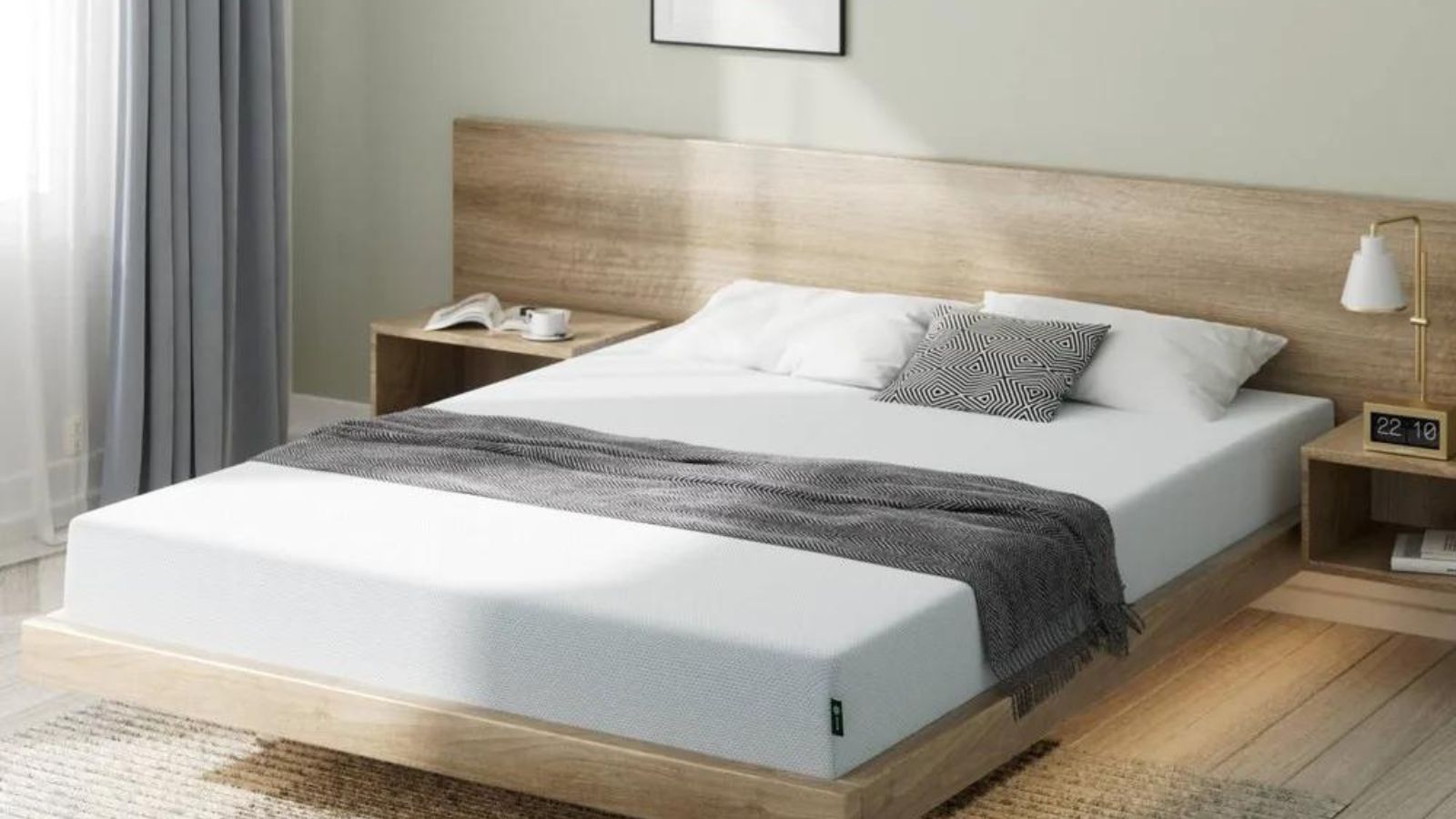

A gel mattress offers all the plush comfort and pressure relief of traditional memory foam, without the heat retention. As someone who suffers from night sweats and hot flashes, I can't sleep on foam that isn't infused with a cooling gel.
Out of all the mattress types, a gel mattress is most suitable for hot sleepers who prefer a plush surface. Gel feels springy and responsive, which makes for excellent pressure relief and creates a nice amount of bounce through the bed. Still, even the best gel mattress isn't perfect, and you might want to shop elsewhere for solid support.
As H&G's resident sleep writer, I lead a team of expert testers in the search to find the world's best mattress. Over the years, we've tested dozens of beds, and we can feel the difference between an traditional foam bed and a gel mattress. I'm sharing all our wisdom in this article.
What is a gel mattress?
I asked sleep scientists and medical professionals to help me outline the pros and cons of a gel mattress, so you can make an informed decision. I've combed through our back catalog of reviews to pick out a gel mattress to suit every sleeper.
What is a gel mattress?
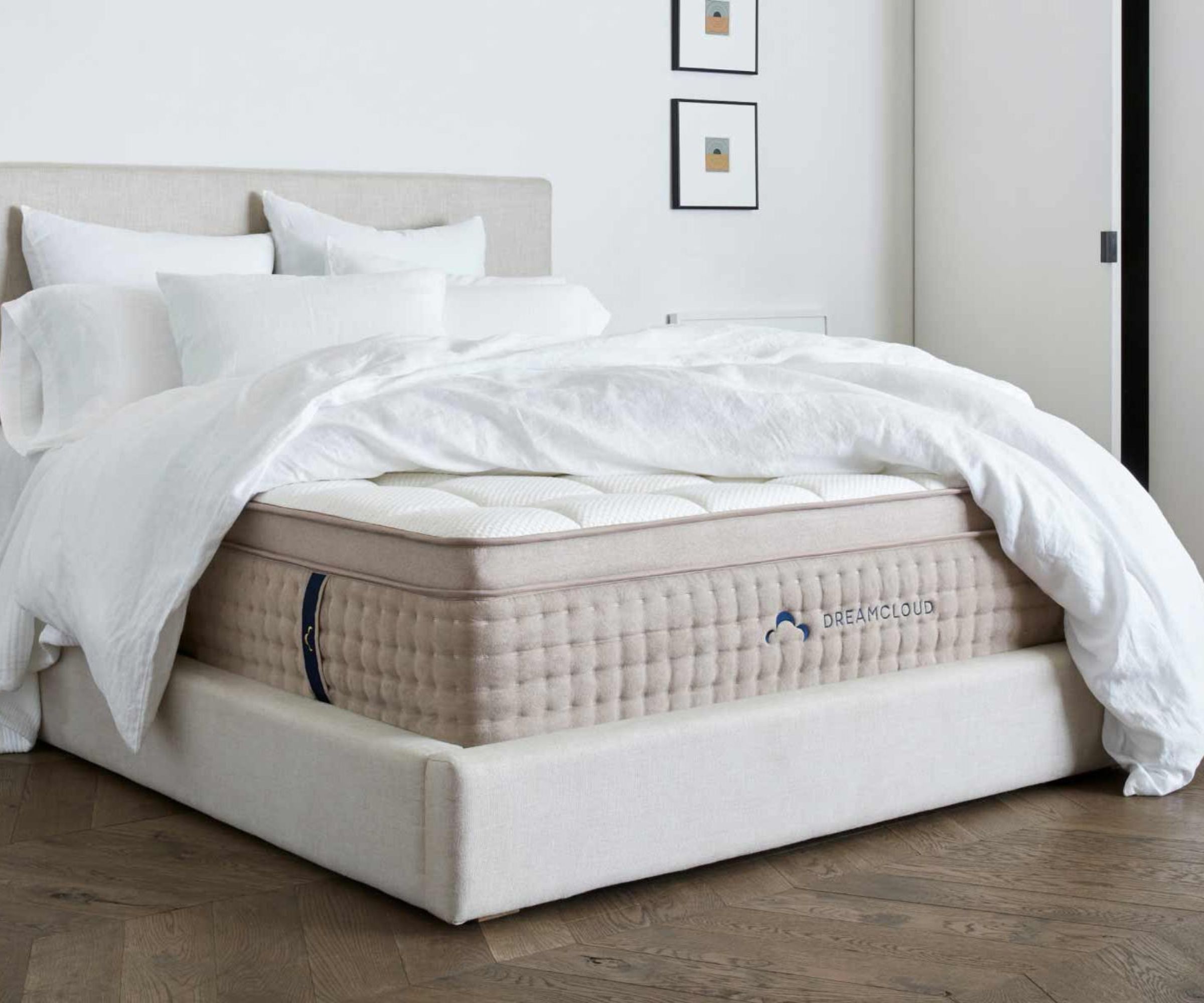
Before we begin, it always helps to define our terms. A gel mattress is made from viscoelastic foam, the same stuff that makes up a memory foam mattress, only it gets mixed with gel beads.
Gel is highly conductive, able to retain and release excess body heat at strategic intervals throughout the night. In that sense, gel is thermoregulating, though it isn't quite as cooling as natural fibers.
You might find gel in the layers of an all-foam mattress or infused into the top layer of a hybrid mattress. Like all mattress types, gel beds come in a range of comfort levels to support all sleep styles. On a scale of Soft to Firm, most gel mattresses are Medium: all those elastic beads help to soften things up.
What are the pros of a gel mattress?
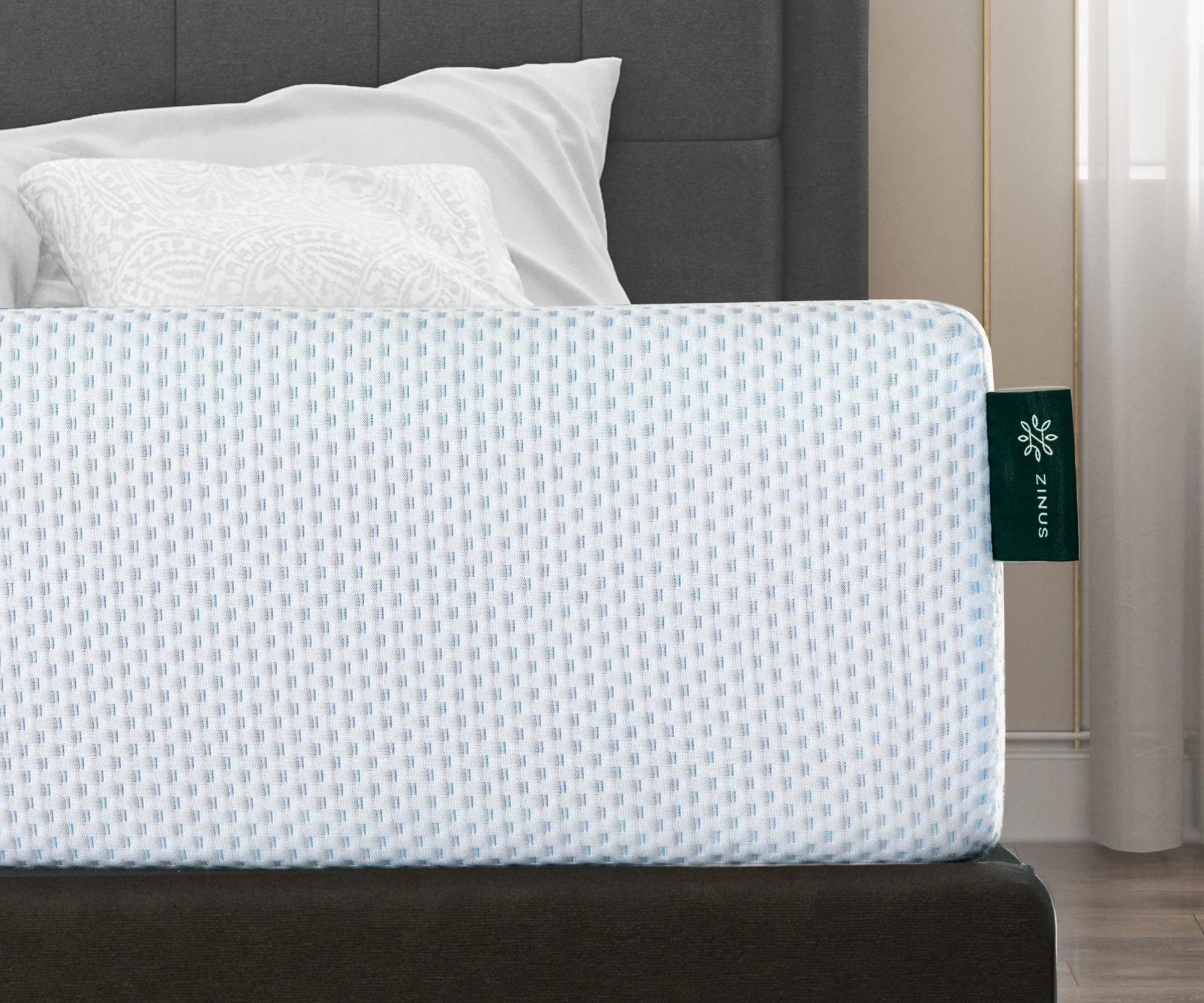
As a hot sleeper, I can't stand the feeling of sweltering through thick layers of dense foam. I need something to dissipate heat and wick moisture so that I can sleep cool. For me, that's the major benefit of a gel mattress: the beads help to carry excess heat away from my body and out of my bed.
Otherwise, a gel mattress shares all the benefits of good-quality memory foam. Made to absorb movement, memory foam offers excellent motion isolation, which is good news for light sleepers and anyone who shares a bed with their pet or partner.
'Gel mattresses are excellent for those with joint pain, as well as side and back sleepers since they benefit more from pressure-relieving properties,' says Jill Zwarensteyn, Senior Editor for Sleep Advisor. Our expert testers would agree with her. Several of our sleep experts suffer from chronic pain conditions, from fibromyalgia to degenerative joint disease. They appreciate the plush comfort of a gel mattress, which contours to the curves of your body and helps to take the weight off your pressure points.

Jill is a certified sleep science coach. She's written dozens of articles for Sleep Advisor, from mattress buying guides to features on solutions for sleep problems.
These are a few of my favorite gel mattresses. I think these models are fairly affordable: no more than $1,000 for a Queen. If you're buying on a budget, and you'd like to save a couple hundred bucks on the best gel mattress, then I suggest you shop the mattress sales.
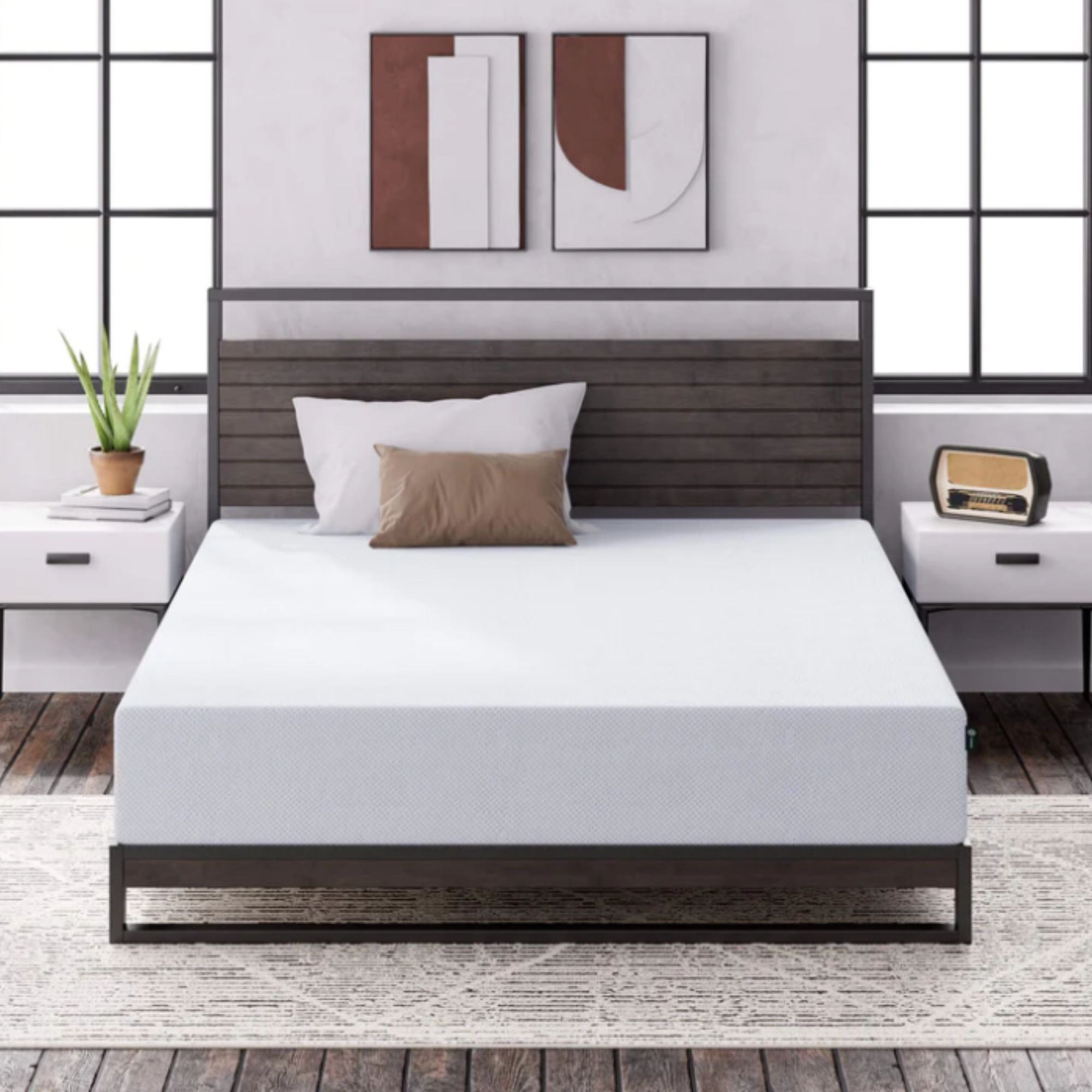
This is one of the best cooling mattresses on the market. Thick foam is infused with cooling copper and green tea extract to dissipate heat, wick moisture, and block odors, to keep your body and your bed feeling fresh. Our expert tester, Camryn, took a few weeks to get used to the Zinus Cooling Green Tea Mattress, but now she loves it.
You can find more detail in our Zinus Cooling Green Tea Mattress review.
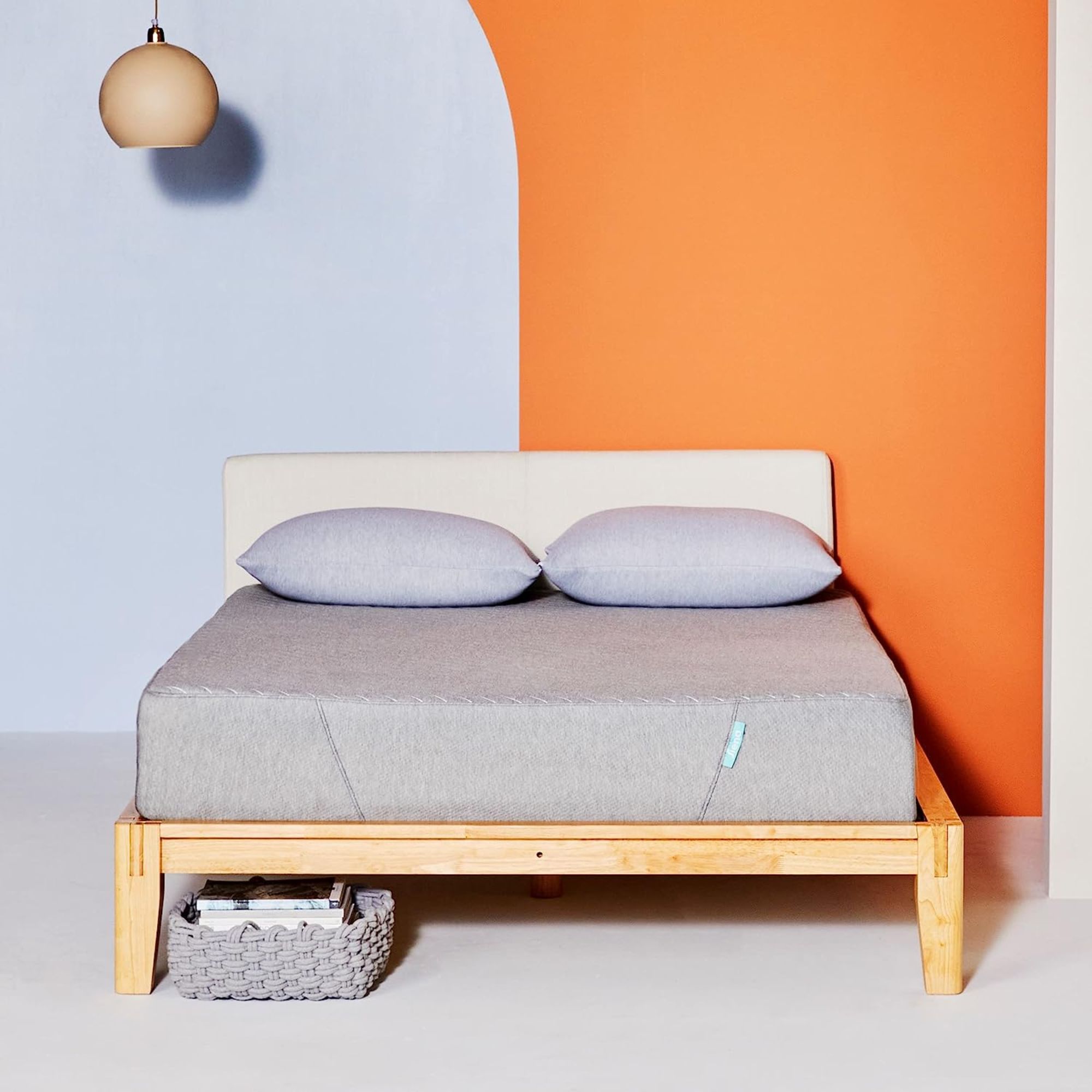
Gel enhances elasticity, which means that the Siena Memory Foam Mattress feels springy and responsive: perfect for pressure relief. I'd recommend this mattress for hot sleepers, pain sufferers, and anyone buying on a budget: you can bag this Queen-sized bed for just $399.
You can find more detail in our Siena Memory Foam Mattress review.
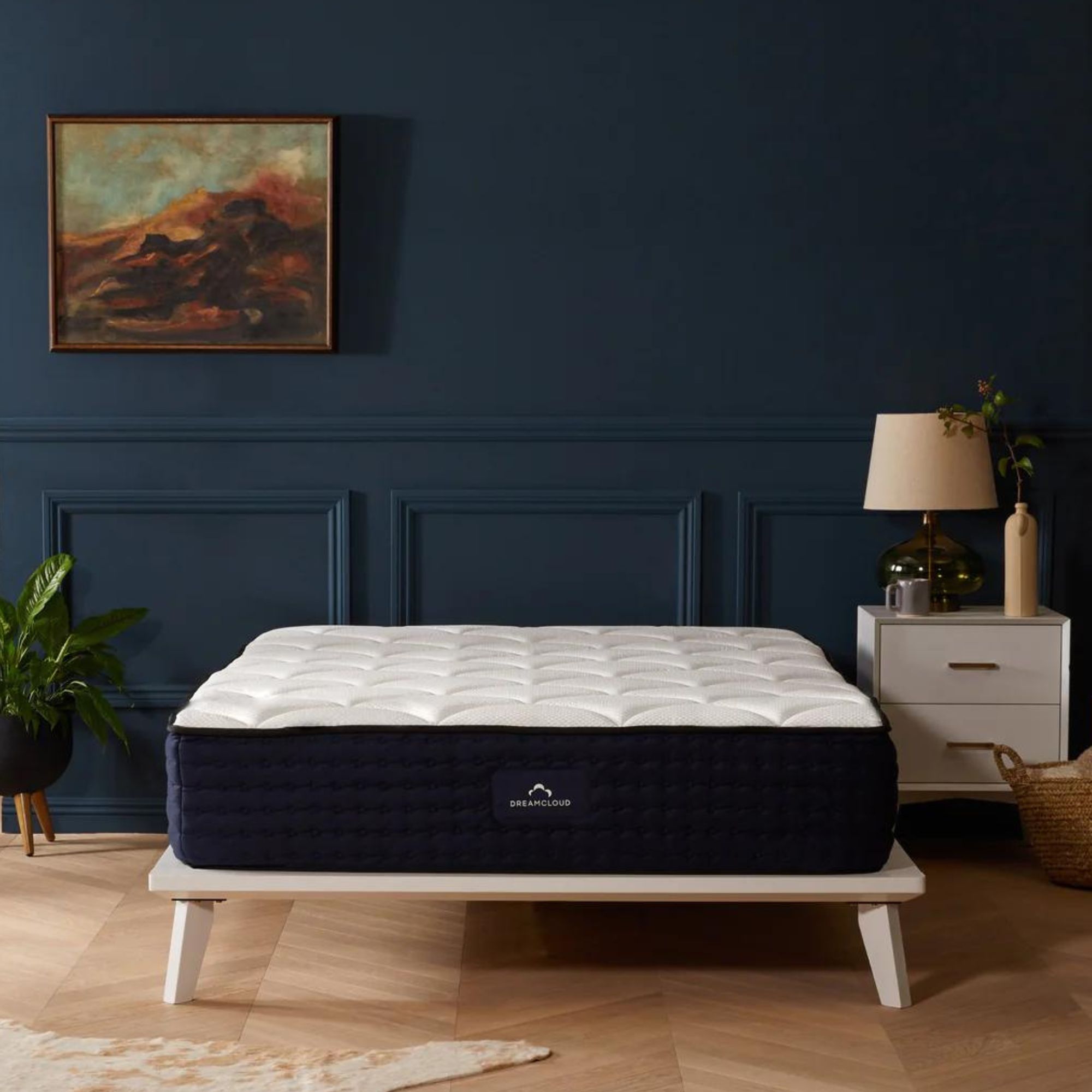
Our expert tester, Camryn, is a hot sleeper, while her partner tends to sleep cool. They both appreciated the thermoregulating properties of the DreamCloud Luxury Hybrid Mattress, as well as the excellent edge support and plush comfort.
You can find more detail in our DreamCloud Luxury Hybrid Mattress review.
What are the cons of a gel mattress?
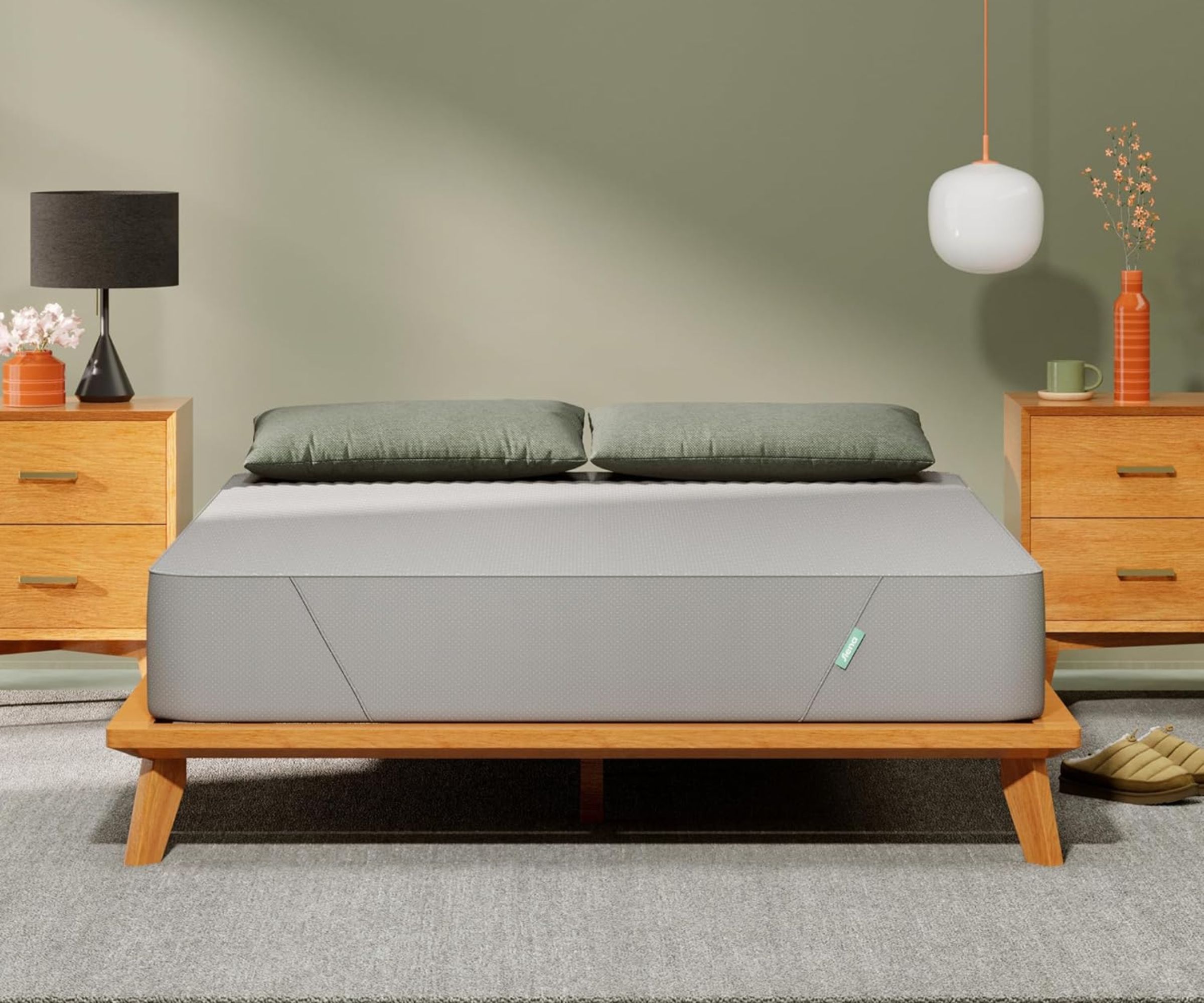
Your average gel mattress delivers on cooling comfort, but it lacks a little support. I asked licensed chiropractor Dr. Matt Tanneberg to tell us more about the long-term effects of an unsupportive mattress.
Right out of the gate, Dr. Matt says: 'I typically do not recommend gel mattresses, due to their lack of stability. Gel beds quickly deform and become indented, which will cause problems for your spine and non-neutral postures while you're sleeping'. For solid support, you might be better off with an innerspring mattress. Individually pocketed coils can better bear your weight, then spring back into shape once you get out of bed: I recommend the Avocado Green Mattress.
The other downside of a gel mattress is its short shelf life. Since gel easily forms impressions, it soon starts to sag. You might only get six or eight years of good use out of a gel mattress before you need to replace it. Buying a brand new bed every couple of years is expensive, and it's not exactly great for the environment, either. To get the most out of your gel mattress, I recommend you flip or rotate it once or twice a year.

Dr. Matt is a Sports Chiropractor and certified Strength and Conditioning Specialist. He owns and operates his own practice in Scottsdale, Arizona, where he works intensively with elite athletes.
Final thoughts
You might have made it all the way to the end of this article only to realize that a gel mattress isn't for you. Not to worry − you've still got lots to shop. Just like gel, a latex mattress is highly breathable, and it's a more sustainable option for eco-conscious shoppers, while a hybrid mattress would offers similar cooling comfort with enhanced support.
Sign up to the Homes & Gardens newsletter
Design expertise in your inbox – from inspiring decorating ideas and beautiful celebrity homes to practical gardening advice and shopping round-ups.

Emilia is our resident sleep writer. She spends her days tracking down the lowest prices on the best mattresses and bedding and spends her nights testing them out from the comfort of her own home. Emilia leads a team of testers across America to find the best mattress for every sleep style, body type, and budget.
Emilia's quest to learn how to sleep better takes her all around the world, from the 3Z mattress factory in Glendale, Arizona to the Hästens headquarters in Köping, Sweden. She's interviewed luxury bedding designers at Shleep and Pure Parima, as well as the Design Manager at IKEA. Before she joined Homes & Gardens, Emilia studied English at the University of Oxford.
-
 Nate Berkus says slipcovered sofas are back on trend – and I just found a way to create this designer-approved laid-back look from just $86
Nate Berkus says slipcovered sofas are back on trend – and I just found a way to create this designer-approved laid-back look from just $86This classic style is making a strong comeback, but did you know you don't have to buy a whole new couch to get this Nate-approved look?
By Eleanor Richardson
-
 Gardeners are putting pasta in bird feeders this spring – but there is one important warning you need to know before following suit
Gardeners are putting pasta in bird feeders this spring – but there is one important warning you need to know before following suitCooked pasta can be a nutritious snack for birds, but serving it in the wrong way could cause them harm
By Tenielle Jordison